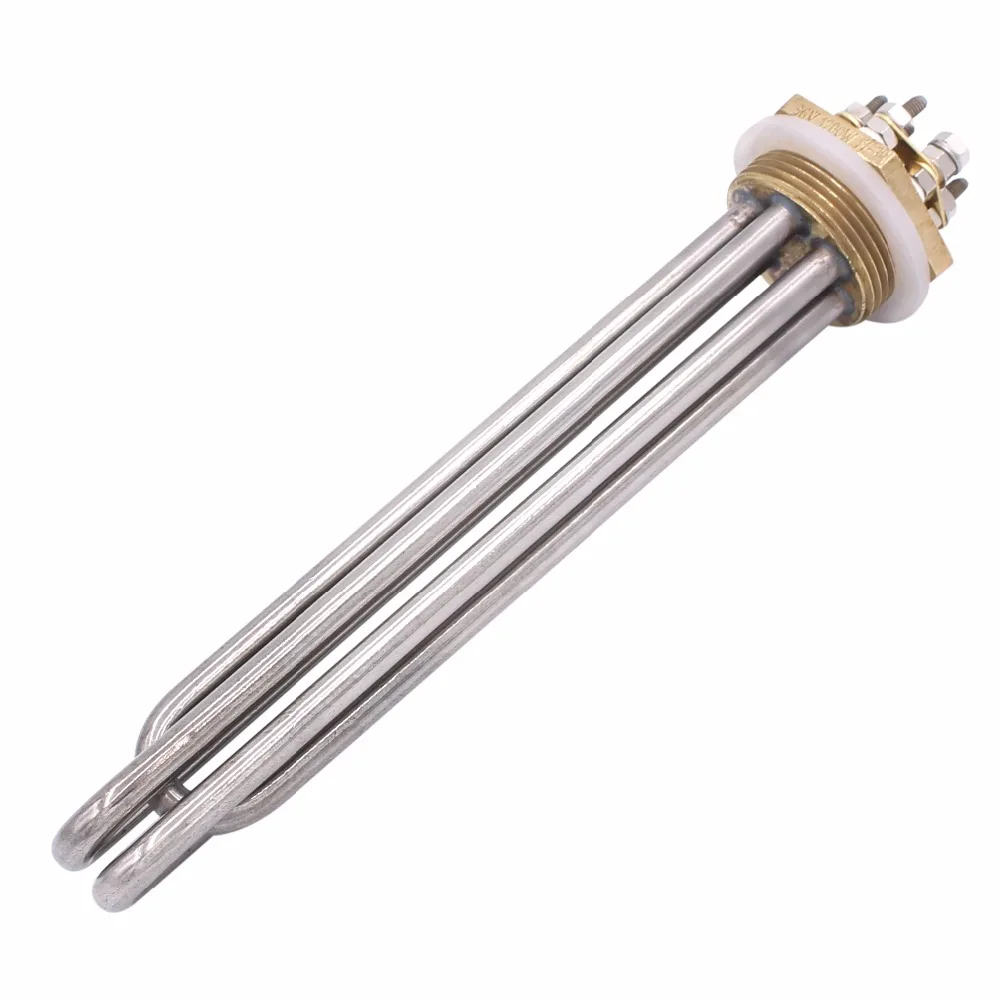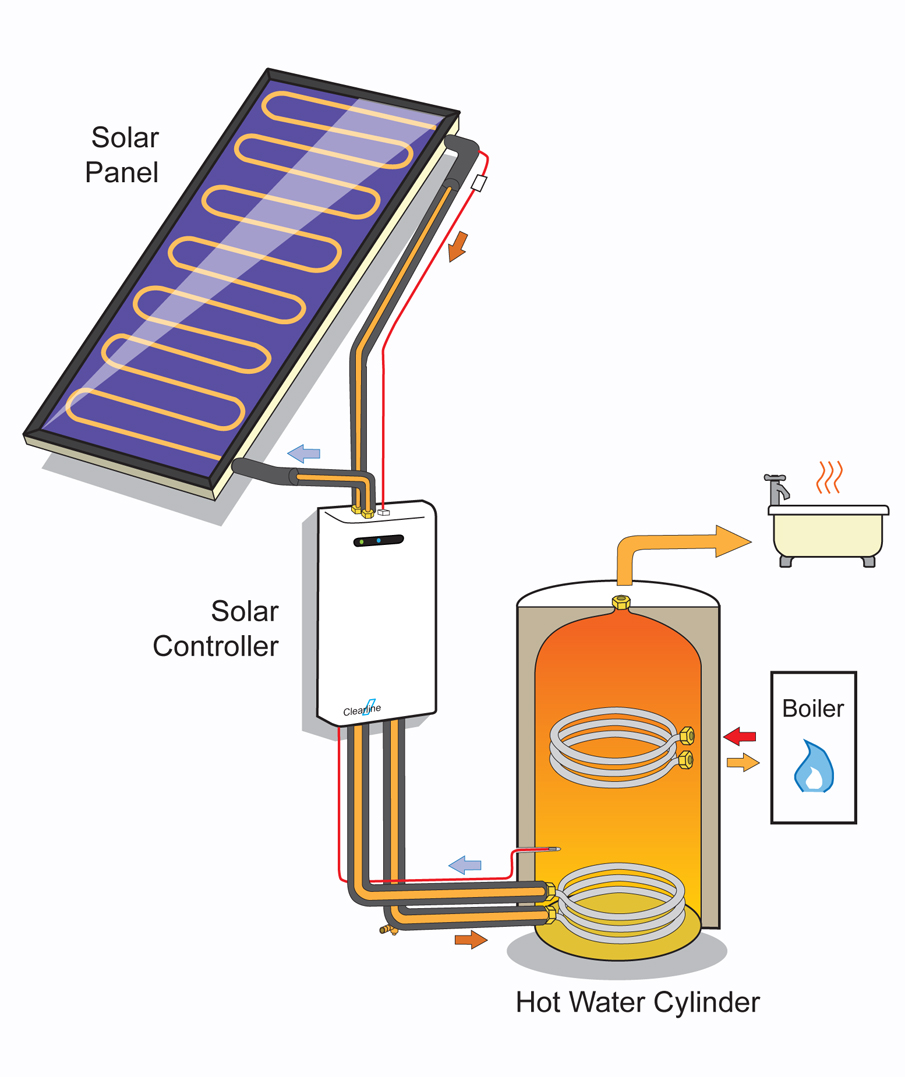Homeowners Guide to Going Solar Department of Energy
Table Of Content

Your local electric utility would be a good place to source information on net metering in your service area. Since 2008, hundreds of thousands of solar panels have popped up across the country as an increasing number of Americans choose to power their daily lives with the sun’s energy. Thanks in part to Solar Energy Technologies Office (SETO) investments, the cost of going solar goes down every year. You may be considering the option of adding a solar energy system to your home’s roof or finding another way to harness the sun’s energy. While there’s no one-size-fits-all solar solution, here are some resources that can help you figure out what’s best for you.
Storing Heat in Liquid Systems
You can make good use of the costless and plentiful sun’s energy with passive or active solar heating techniques. These are just two different methods to capture solar power and use it to provide heat to your homes. With so many different types of solar thermal technologies, and can be tough to perform a like-to-like comparison with a solar PV system.
What are active and passive solar heating systems?
Depending on the size of your system, this can cost you a few hundred dollars every three to five years. In most cases, there is no need to hire a solar specialist to help with installation. You can hire a general contractor or carpenter to complete the job for you.
Cost for Solar Pool Heater
We suggest consulting a professional pool installer to determine the best heating options for your needs. Solar water heaters store warmed water in insulated tanks for your shower, laundry, kitchen, and other areas where hot water is needed. They’re cost-effective alternatives to traditional water heater systems, which rely on fossil fuels such as natural gas for power.
Operational Costs
In the collector, a heat transfer or "working" fluid such as water, antifreeze (usually non-toxic propylene glycol), or other type of liquid absorbs the solar heat. At the appropriate time, a controller operates a circulating pump to move the fluid through the collector. First up are solar water heaters, which are the costliest of the solar heating methods, but also can save you a huge portion off your monthly utility bills.
As it passes through the duct, the heated fins transfer heat energy to it. As the power transfer will result in cooling down of the liquid in the pipes, it is circulated back to the boiler for reheating. The solar energy gathered by the solar collector is transferred to the water or a similar liquid in the enclosed boiler. This is circulated to the baseboard heating system using a series of pipes.
Selecting and Sizing a Solar Heating System
In a radiant floor system, solar-heated liquid circulates through pipes embedded in a thin concrete slab floor, which then radiates heat to the room. Radiant floor heating is ideal for liquid solar systems because it performs well at relatively low temperatures. A carefully designed system may not need a separate heat storage tank, although most systems include them for temperature control. A conventional boiler or even a standard domestic water heater can supply back-up heat.
How Many Solar Panels Do I Need For My Home In 2024? - EnergySage Blog
How Many Solar Panels Do I Need For My Home In 2024?.
Posted: Wed, 24 Apr 2024 12:00:00 GMT [source]
The air sucked into the duct from the room is heated using a heating coil (a liquid-to-air heat exchanger) of the hydronic heating system. Selecting the appropriate solar energy system depends on factors such as the site, design, and heating needs of your house. Commercially available collectors come with warranties of 10 years or more, and should easily last decades longer. The economics of an active space heating system improve if it also heats domestic water, because an otherwise idle collector can heat water in the summer. A fan or blower draws ventilation air into the building through tiny holes in the collectors and up through the air space between the collectors and the south wall.
Why solar thermal water heaters may make a comeback in the U.S. - The Washington Post
Why solar thermal water heaters may make a comeback in the U.S..
Posted: Tue, 13 Feb 2024 08:00:00 GMT [source]
Solar water heaters are also more energy-efficient, resulting in more savings. Department of Energy (DOE), homeowners can save 50%–80% on their water heating bill on average by switching to a solar water heater. To heat a room effectively, hot-water baseboards or radiators require the water temperature to be between 160° and 180°F (71° to 82°C). As flat plate collectors can heat the liquid between 90° and 120°F (32° and 49°C), a backup heating system (or evacuated tube collectors) is used to increase the temperature of the solar-heated liquid. A solar water heating system is integrated with a forced-air heating system by placing a heat exchanger in the air-return duct of the room.
Consumers enter into agreements that allow them to have lower electricity bills without monthly loan payments. Solar leases entail fixed monthly payments that are calculated using the estimated amount of electricity the system will produce. With a solar PPA, consumers agree to purchase the power generated by the system at a set price per kilowatt-hour of electricity produced. With both of these options, though, you are not entitled to tax benefits since you don’t own the solar energy system.

The heating coil must be large enough to transfer the required amount of heat to the room, even at the lowest operating temperature of the collector. Liquid solar thermal energy systems work the best for central heating in homes. Two solar heating methods will work to heat your home – passive solar heating and active solar heating.

These are usually connected to flat plate collectors, similar to a solar hot water heating system. The baseboards or radiators have a larger surface area than conventional electric heaters so they can hold more heat. Most homeowners choose to connect them to a backup heat source for colder weather. There are several ways to use solar heating, including water, pool, floorboards, and air.
A liquid heating system is converted into a forced-air heating system by placing a heating coil (liquid-to-air heat exchanger) in the air-return duct of a room. As air is pulled into the duct from a room, it heats up from the solar-heated liquid in the heat exchanger. In a radiant floor heating system, the heated liquid moves through a system of pipes that are embedded in a thin concrete floor. The solar-heated liquid from the pipes then radiates heat into each of the rooms.
Passive solar heating refers to the technique of using the abundantly available energy from the sun to keep your house warm during the winter. In this approach, the house's walls, windows, and floors must be thoughtfully designed to collect and store heat from the sun during the daytime and gradually distribute it to each room. An expansion tank, piping, and valves connecting the solar collectors and backup system can set you back by $1,500. The services of a professional plumber and solar installer are necessary for this work. The denser cold air settles to the ground level and is sucked in through the vents in the heating system.
The thermal energy is harnessed at the solar collectors and used to heat either a liquid or air, which is then circulated to disperse heat. If you’re thinking about converting your existing heating system with a solar heat source, there are a couple different paths to get there. You can supplement your conventional forced air system with a solar space heater, or connect a solar collector or hot water storage tank to a radiant floor system, baseboard heaters, or even a forced air unit. Solar air systems come in active and passive options like other solar heating systems.
Comments
Post a Comment